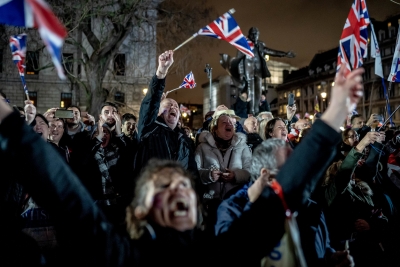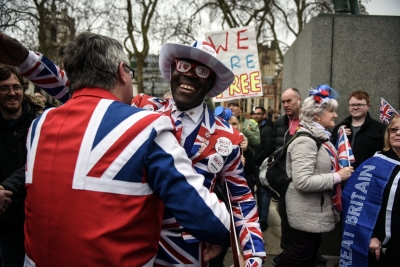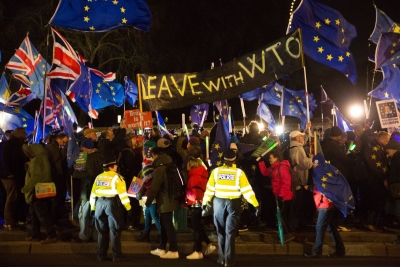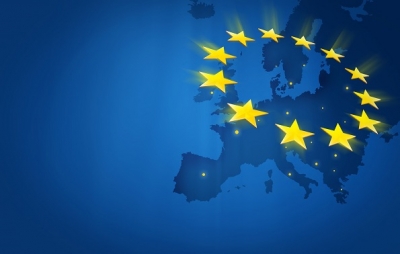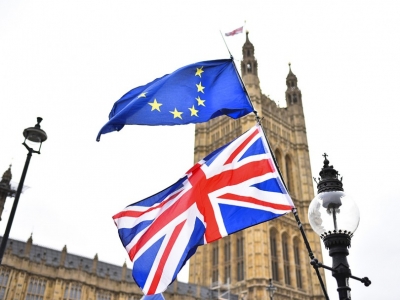What should be decided during transition period?
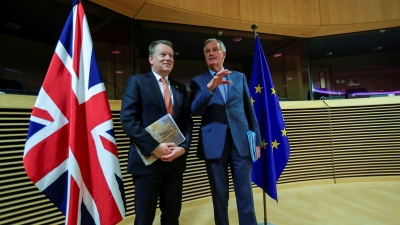
The U.K. has to negotiate its future relationship with Europe. Formal negotiations for this will begin on March 3, 2020.
The bulk of these negotiations will focus on the U.K. – EU’s future trading relationship. The U.K. is leaving the EU customs union an common market, so the two sides have two work out a trade agreement, ideally with no tariffs and with minimal barriers.
The two sides also have to discuss
- Security and law enforcement cooperation
- Access to fishing waters
- Banking
- Aviation standards and safety
- Supplies of electricity and gas
- Licensing and regulation of medicines
- Data and intelligence sharing
- Manufacturing and a whole lot more.
- The border between Ireland (which is part of the EU) and Northern Ireland (which is a part of UK and leaving the EU) will remain open. But how to implement customs checks on this border will need to be worked out.
Picture Credit : Google
